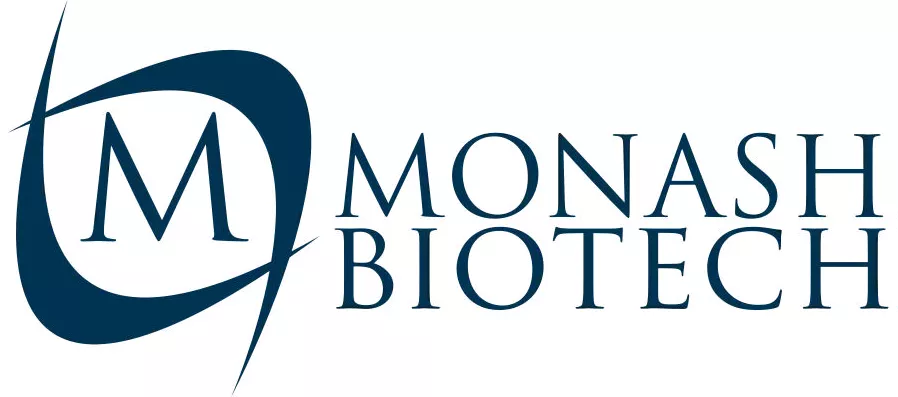Preimplantation Genetic Testing for Structural Rearrangements (PGT-SR)
Chromosomal structural rearrangements, such as translocations and inversions, can pose significant risks for fertility, miscarriage, and genetic disorders in offspring. Preimplantation Genetic Testing for Structural Rearrangements (PGT-SR) is a powerful tool that allows embryologists to screen embryos for these abnormalities before implantation, increasing the chances of a successful pregnancy. In this article, we’ll explore the science behind PGT-SR, its applications in embryology, and how it enhances assisted reproductive technologies (ART).
📜 Understanding Structural Rearrangements in Embryos
Structural chromosomal rearrangements occur when parts of chromosomes break and reattach incorrectly. These changes can be balanced (with no loss or gain of genetic material) or unbalanced (leading to missing or extra genetic material).
🔹 Common Types of Structural Rearrangements:
Reciprocal Translocations
– Sections of two different chromosomes exchange places.
Robertsonian Translocations
– Fusion of two acrocentric chromosomes (e.g., chromosomes 13 and 14).
Inversions
– A segment of a chromosome flips and reinserts in the opposite orientation.
Insertions/Deletions
– Loss or gain of chromosomal segments, leading to genetic imbalances.
Balanced carriers of these rearrangements often have no symptoms but can produce embryos with unbalanced translocations, leading to implantation failure, recurrent pregnancy loss, or congenital disorders.
🧪 How PGT-SR Works ?
1️⃣ Embryo Biopsy
On Day 5 or Day 6, a few trophectoderm cells are biopsied from blastocysts and sent for genetic analysis.
2️⃣ DNA Amplification & Sequencing
The DNA is amplified using whole-genome amplification (WGA) and analyzed through Next-Generation Sequencing (NGS) or Array Comparative Genomic Hybridization (aCGH) to detect chromosomal imbalances.
3️⃣ Embryo Selection
Only chromosomally balanced embryos are selected for transfer, minimizing the risk of miscarriage and improving pregnancy outcomes.
🎯 Benefits of PGT-SR in IVF
✅ Higher Implantation Success – Ensures only chromosomally stable embryos are transferred.
✅ Reduces Pregnancy Loss – Lowers the risk of miscarriages caused by unbalanced chromosomal abnormalities.
✅ Prevents Genetic Disorders – Avoids conditions like developmental delays and congenital anomalies linked to chromosomal imbalances.
✅ Optimized IVF Cycles – Saves time and emotional distress by improving selection efficiency.
⚠️ Limitations & Considerations
🔸 Mosaicism Challenge – Some embryos may show mosaic results, requiring careful interpretation.
🔸 Not a Cure-All – PGT-SR detects structural chromosomal issues but doesn’t screen for single-gene disorders (PGT-M) or aneuploidy (PGT-A).
🔸 Ethical Concerns – Selecting embryos based on genetics may raise ethical discussions among patients and professionals.
🚀 What's the Future of PGT-SR in Embryology ?
With advancements in long-read sequencing, AI-driven embryo selection, and non-invasive genetic testing, PGT-SR will continue to refine reproductive genetics. The goal is to enhance embryo viability assessments and improve success rates in assisted reproduction.
For embryologists, PGT-SR is an essential tool in IVF, helping to mitigate genetic risks for couples carrying structural chromosomal rearrangements. As technology evolves, its precision and accessibility will only improve, making it an indispensable part of reproductive medicine.
👉 Would you like to explore how PGT-SR integrates with your IVF protocols? Let’s connect ! 🧬💙 via email info@monashbiotech.com
Our Products
Blastomere Biopsy Micropipettes
Holding Micropipettes
Injection Micropipettes
Polar Body Biopsy Micropipettes
Trophectoderm Biopsy Micropipettes Bevelled
Trophectoderm Biopsy Micropipettes Flat
Support
Customer Support
Frequently Asked Questions
Chat on WhatsApp
Chat on FaceBook Messenger
Helpful Resources
Privacy Policy
Please note that the 3D models displayed on this website are for illustrative purposes only. Actual product dimensions, colors, and finishes may vary. These models should not be considered a precise or guaranteed representation of the final product.
© 2025 Monash Biotech. All Rights Reserved.
Designed & Developed by Goafreet Company


